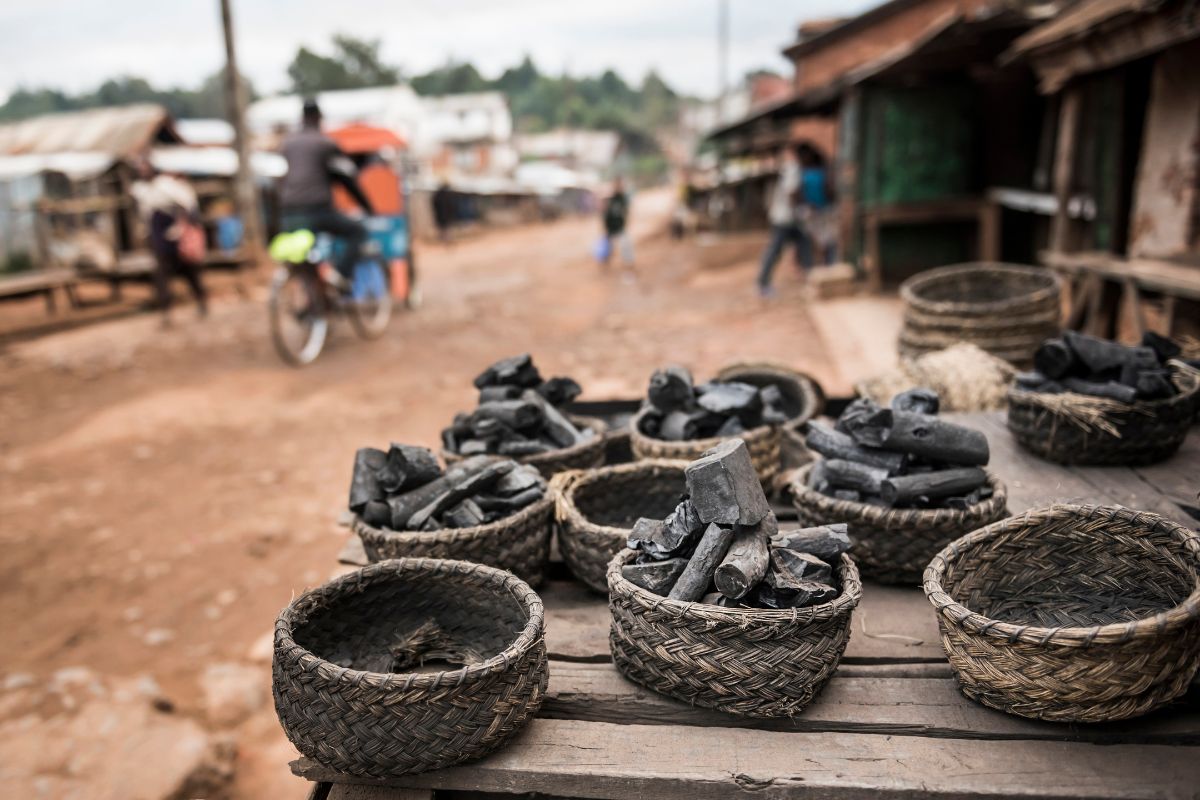Tout savoir sur la culture malgache !
Voici mon site dédié à Madagascar

Aaaah Madagascar… Une destination prisée qui fait rêver ! Ses plages paradisiaques, ses hauts plateaux, sa savane, ses forêts de baobabs… Ce pays regorge de lieux fascinants. Lémuriens, tortues ou encore caméléons… Tous ces animaux vivent à Madagascar. En effet, il faut savoir que de très nombreuses espèces animales et végétales vivent sur l'île et que la plupart d'entre elles sont des espèces dites endémiques. Vous souhaitez en apprendre plus sur le pays et plus particulièrement sur la culture malgache ? Leur langue ? Leur alimentation ? Leur religion ? Si vous désirez en apprendre plus sur le sujet, vous êtes au bon endroit !
Les religions à Madagascar
Sur l’île de Madagascar, la religion est partout. Mais quelles sont les religions pratiquées ? La majeure partie de la population est chrétienne. Les catholiques et protestants sont les plus nombreux. La religion musulmane est également représentée sur l’île mais ne représente qu’environ 10% de la population. Enfin, certains malgaches sont également attachés à des religions et croyances traditionnelles animistes, c’est-à-dire des croyances en l’existence d’êtres de nature spirituelle. Le peuple malgache est très attaché au culte des ancêtres. Ce dernier permet de faire le lien entre le monde des vivants et le monde surnaturel. Ainsi, les malgaches ont l’habitude d’invoquer les ancêtres, notamment dans le but de protéger leur famille.
Une culture riche et de nombreuses traditions
Un grand mélange humain et culturel
Quand on aborde Madagascar et sa culture, il est impératif d’aborder sa diversité… En effet, avec bientôt 29 millions d’habitants, la diversité est ce qui est le plus marquant quand on parle de culture malgache. Durant des siècles, les vagues d’immigrations se sont succédées à Madagascar. Si l’île est restée indépendante de nombreuses années, les français en ont fait leur colonie de 1886 à 1960. L’histoire du pays a ainsi laissé des traces sur sa culture. En fonction des régions, les pratiques ne sont pas partout les mêmes. Dans la capitale de l’île, Tananarive, on observe davantage l’influence d’une culture française et asiatique. Dans certaines villes côtières, on observe davantage une influence africaine. De façon générale, la culture de Madagascar est étroitement liée au savoir-faire et à l’artisanat de son peuple. Sculpture, culture des champs, gastronomie du terroir… Une culture immatérielle admirée dans le monde entier !Ethnies et fady
A Madagascar, on ne compte pas moins de 18 ethnies différentes… Ces 18 groupes culturels sont issus des différentes migrations africaines, asiatiques et arabes. Voici les tribus à connaître ainsi qu’une estimation de leur population.- Antaifasy (210 000 individus)
- Antaimoro (700 000 individus)
- Antaisaka (700 000 individus)
- Antakarana (50 000 individus)
- Antambahoaka (74 000 individus)
- Antandroy (800 000 individus)
- Antanosy (400 000 individus)
- Bara (600 000 individus)
- Betsileos (2 800 000 individus)
- Betsimisaraka (1 500 000 individus)
- Bezanozanos (145 000 individus)
- Mahafaly (150 000 individus)
- Mérinas (5 000 000 individus)
- Sakalaves (450 000 individus)
- Sihanaka (500 000 individus)
- Tanala (800 000 individus)
- Tsimihety (2 500 0000 individus)
- Vézos (8000 individus)